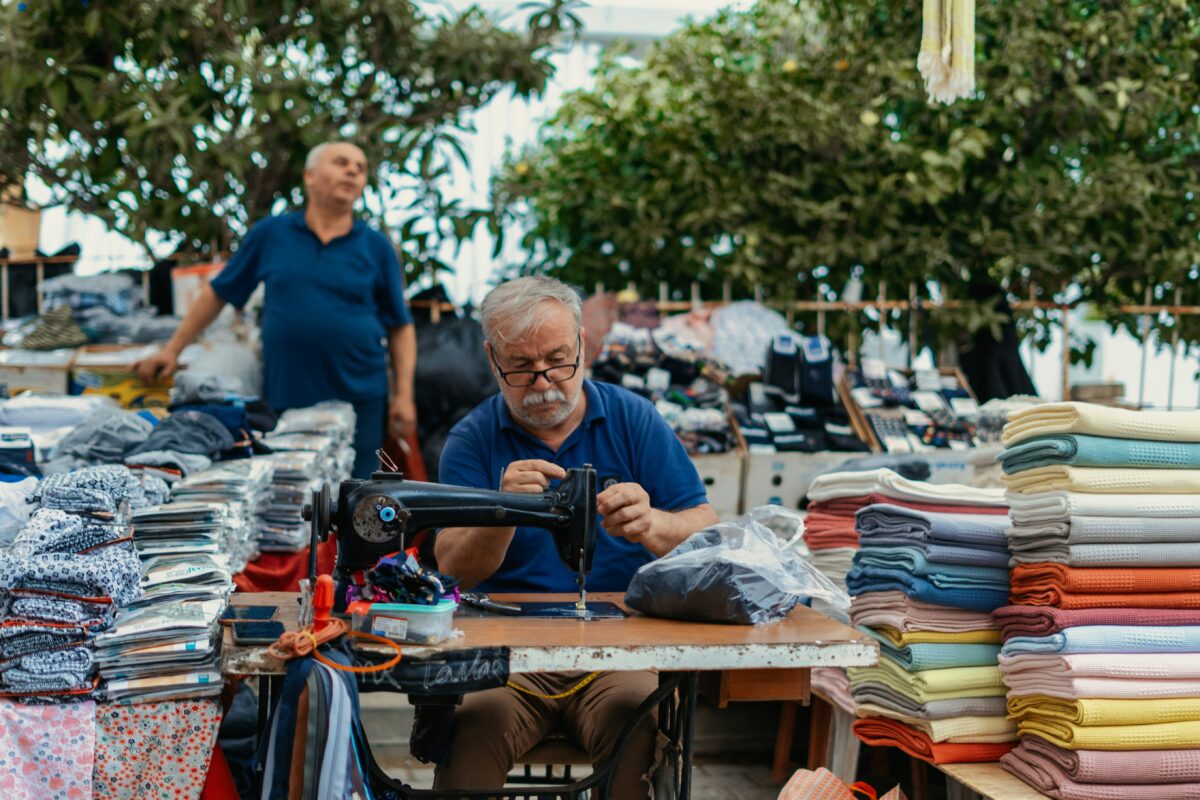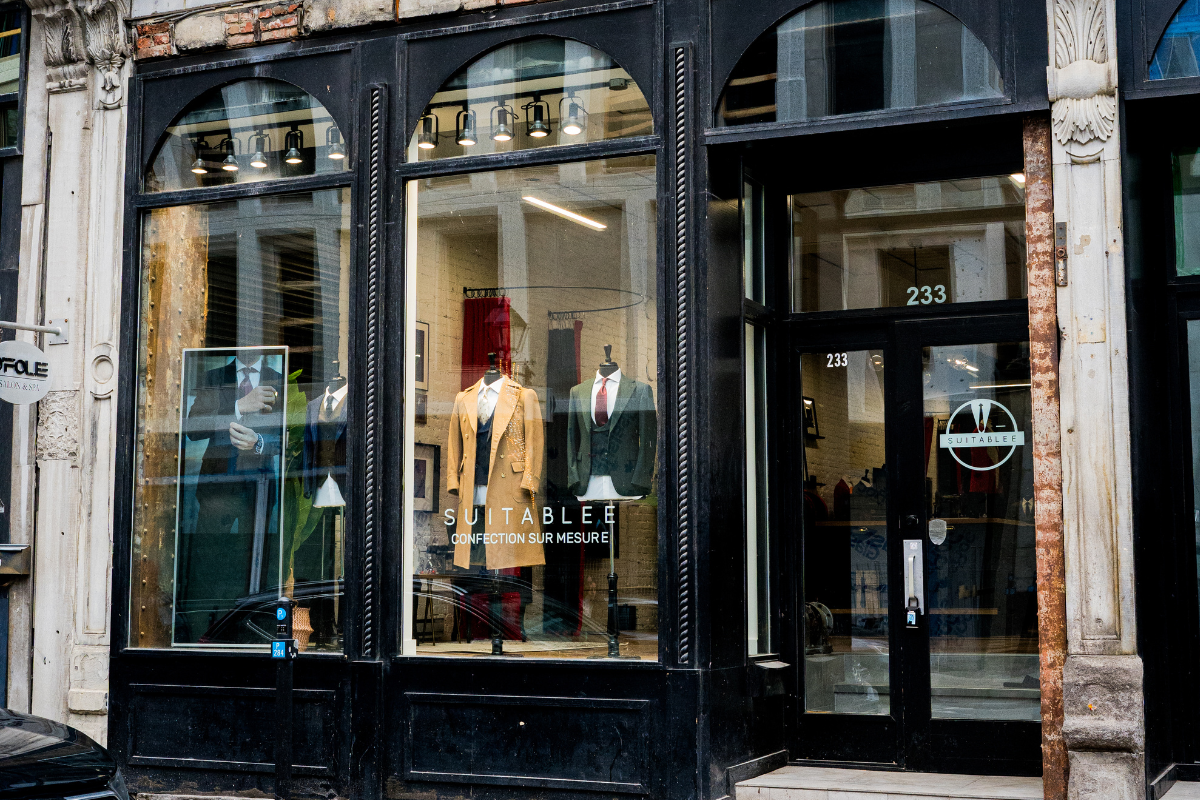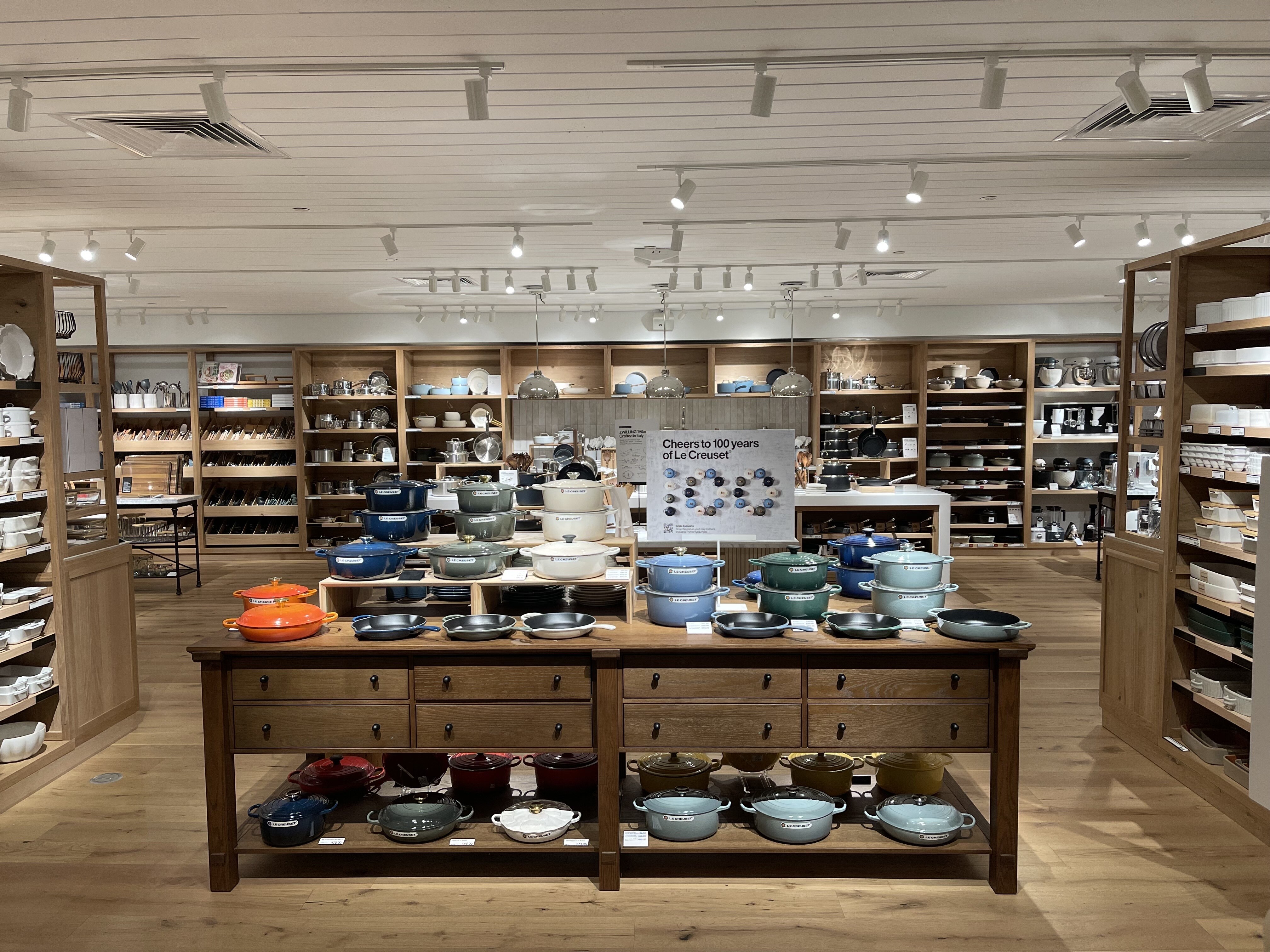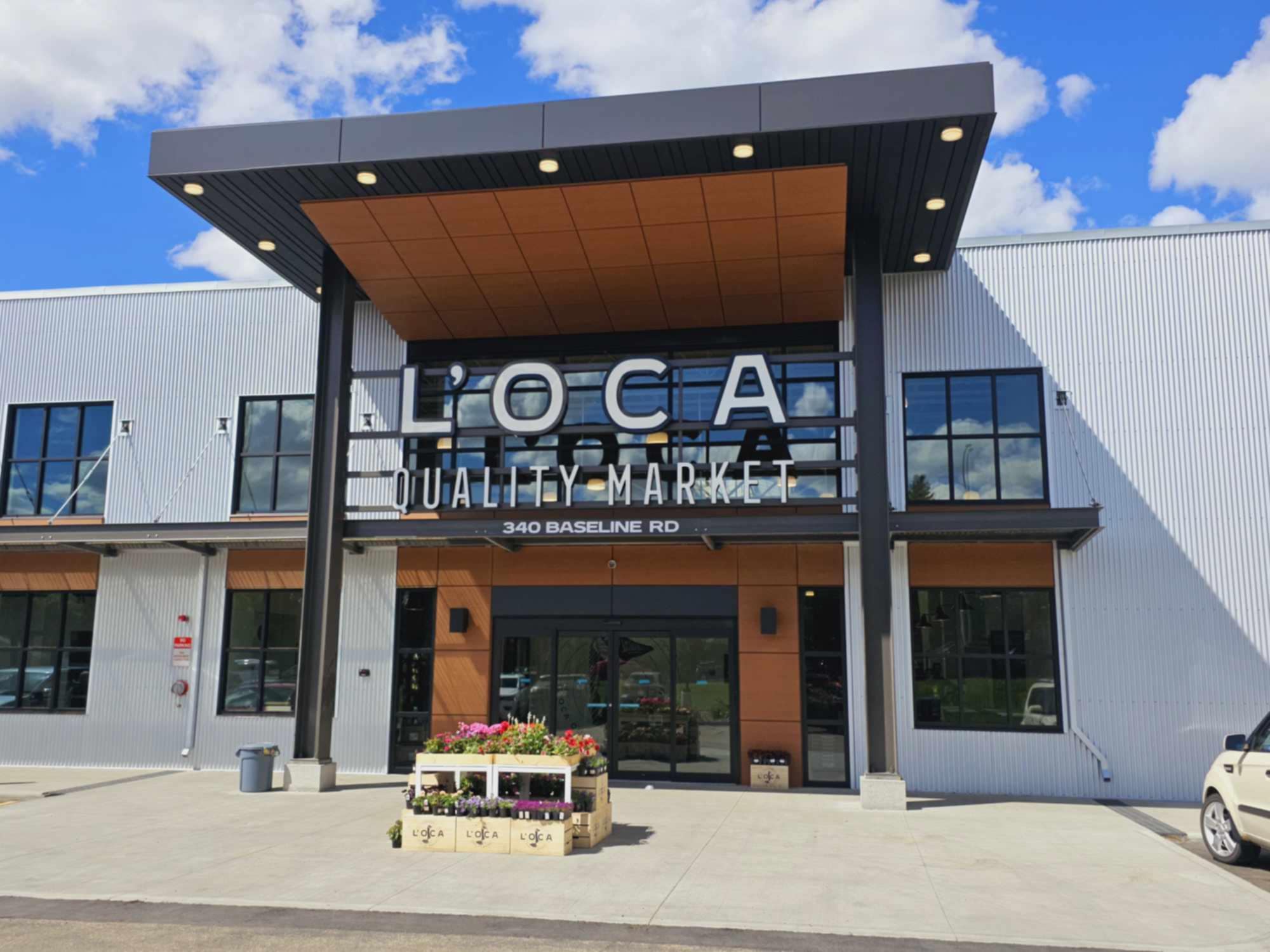Today’s consumer is more diverse than ever before and is changing the Canadian retail landscape – but who is today’s Canadian consumer? With varying preferences, behaviours, and technological engagements, understanding consumers is crucial for retailers. Lisa Hutcheson, a retail strategist and managing partner at J.C. Williams Group; Jeff Doucette, the General Manager of Field Agent Canada; Larry Leung, global customer experience leader; and Colleen Martin, Chief Revenue Officer at Caddle, discuss their viewpoints on the modern Canadian consumer, sharing their different perspectives on consumers including diversity, spending habits, the forgotten ageing population, and how powerful the consumer is when it comes to ratings.
“Chasing value because they have to”

“Consumers are constantly changing, with a significant trend towards value as budgets are tight,” says Doucette. His insights explore the expectations of Canadian consumers, the idea of value, and the demand for high-quality experiences.
Doucette says throughout recent years with economic pressures, consumers are looking more towards value, making it a number one priority within purchase decisions. This ongoing financial strain has led consumers to seek out discounts and cost saving opportunities, especially in grocery stores.
“There is an ongoing trend towards value and shoppers moving to that discount grocery shopping experience in particular, where wallets are definitely being stretched and budgets are tight, and people are saving where they can so they can splurge in other areas,” he explains. “People are trying to manage their budgets more carefully. They are often cutting back on discretionary spending in other areas to ensure they can afford the basics. This behaviour is not just limited to low-income households, but is becoming more common across different income levels.”
“Moving to value for different reasons”
Doucette breaks it down into two groups when it comes to saving money: consumers trying to find value to keep their budgets in check for the basics, and consumers who are not struggling, but want to save for travelling and recreational activities.
When going out and spending, Doucette says young consumers are looking for top quality services and products and are for more dining experiences:
“Consumers have the thought of ‘if I am going to be spending money, then I am going to go out and I want it to be a good experience and if not, I might as well just have that experience at home.’ So consumers are chasing value on basics to be able to afford some of the more entertainment options that are out there and want a great experience,” he says.
With the high costs of living, he says middle-aged consumers are facing challenges with stagnant incomes and the cost of living, with a large part of the population chasing value because their incomes have not grown, but the cost of everything else has. As for older consumers such as boomers, Doucette says they are looking for reliable and high-touch services rather than top end experiences.
“Older consumers appreciate reliable service and are less forgiving of lapses in product availability or customer service,” he says. “They have higher expectations for consistency and quality in their shopping experiences. When they visit a store, they expect to find the products they need in stock and to receive attentive, personalized services. Any shortcomings in these areas can significantly impact their loyalty and willingness to return to the store. This demographic values the human touch and reliable interactions, making it crucial for retailers to maintain high standards in their in-store experiences.”

Key tip for retailers
As consumers are looking for great value, Doucette advises retailers to use social media, not just for engagement, but to also offer deals.
“You could have exclusive offers for people who follow you on Instagram and really drive some amazing business,” he states. “Social media platforms are powerful tools for creating a direct line of communications with your customers. By leveraging these platforms to provide special promotions and engaging content, retailers can build a loyal following and significantly boost their sales. This kind of targeted engagement not only attracts new customers, but also fosters a sense of community and loyalty among existing ones.”
Consumer empowerment
Today, consumers have more power to hunt for deals, especially through social media.
“Consumers are starting to have more of a voice and people are chasing deals and will broadcast it on social media with ‘hey, this item is on sale at this retailer.’” he says. “There is a group of people out there that are really focused on helping others get value and these sort of sneaky deals and smart shopping is happening out there in the world.”
This can also have a negative impact on retailers as consumers are not just sharing sales, but also sharing high prices and bad experiences.
“Everybody has their own broadcasting channel in a way right now, which is empowering for the consumer,” he says. “You don’t need to get the attention of CBC to highlight the fact that the number of grams in your bag of frozen carrots is short of what is declared in the bag. But it is a real concern for retailers because that negative product experience, pricing experience, and customer service experience can all blow up quickly.”
To manage issues, retailers need to create an open conversation with consumers and also keep updated with its social media to respond quickly to any complaints – this way, consumers feel they are being heard and respected.
See other articles featuring Jeff Doucette: Sticker shock: How inflation is impacting back-to-school shopping in Canada in 2024
“More diverse than ever before”

“The Canadian consumer now, in my mind, is more diverse and more multifaceted than ever before,” says Hutcheson. “You really have to consider the demographic, lifestyle, socio-economic status, and cultural influences. There are so many new immigrants, each bringing their own values and behaviours, which makes it challenging to categorize them neatly.”
Hutcheson takes a look into the complexity of today’s consumer landscape, which she says is influenced by high immigration rates, diverse backgrounds, and various age groups.
Young consumers (Gen Z and Millennials)
Gen Z and Millennials are leaning more towards sustainability, health, and wellness and are purchasing more eco-friendly products and services to align with their values. This demographic is also more tech-savvy and prefers the convenience of online shopping.
“Health and wellness has become a really big one since Covid-19,” Hutcheson recognizes. “People are really taking care of themselves. There is a lot less alcohol consumption and more focus on activities like cold plunging and other wellness trends. Certain demographics are doing things like that and we are seeing a significant shift towards products and services that support these healthier lifestyles.”
This demographic is also looking for instant gratification, seamless digital and in-store experiences, and personalization. Hutceshson says this group often prefers experiences rather than goods.
“Experiential purchases, such as travel and dining out, have become more important than material goods,” she asserts. “Younger consumers are prioritizing experiences that create lasting memories over accumulating physical items. This trend is particularly strong among those influenced by social media, where experiences are often shared and valued more than possessions.”

New immigrants
Hutcheson goes on to explain that new immigrants often are seeking products and services aligning to their cultural backgrounds and preferences. This includes specific food items, traditional clothing, and services that help them integrate into Canadian culture. She suggests that retailers can start to build stronger relationships with incoming immigrants by understanding their needs which will foster trust and loyalty.
“The influx of new immigrants has introduced a variety of cultural influences, making it crucial for retailers to adapt and offer products that resonate with these diverse groups,” she says. “Retailers who can effectively meet these unique needs are more likely to succeed in today’s competitive market and to have loyal consumers.”
Strategies for retailers
The one thing most consumers are looking for is personalization. Hutcheson says retailers should be using data and technology to enhance shopping experiences. By offering personalized experiences, understanding consumer preferences, and tailoring offerings, consumer satisfaction and loyalty can be improved.
“Retailers have to get crystal clear on who their customer is and what their product offering entails,” she asserts. “You can’t be all things to all customers. So, understanding and leveraging data to focus on your specific customer can really drive engagement and loyalty. It’s about honing
in on who your specific customer is and what they value most. This targeted approach helps attract the right customers and grow the business.”
She also suggests building a strong social media presence and engagement through these channels is a must as well as integrating online and offline shopping experiences.
“Retailers need to ensure that their online and offline experiences are consistent and seamless,” she points out. “Customers expect to have a cohesive shopping journey with the brands that they shop with, whether they are browsing online or visiting a physical store. This integration makes it easier for them to switch between channels without any friction.”
See other articles featuring Lisa Hutcheson: Why Nordstrom Failed in Canada: Interview with Lisa Hutcheson of J.C. Williams Group
The forgotten older demographic

“Canada has close to 40 million people and the consumer is more diverse than ever,” says Leung. His insights shed light on the often forgotten older demographic and the unique challenges they face in the modern retail landscape.
“Older consumers grew up in an era where personal service was the norm, and many still expect that level of interaction when they shop,” he says. “They often find modern, technology-driven retail environments challenging and prefer traditional methods. Many older consumers did not grow up with the internet and find it less intuitive. They prefer the reliability of in-store shopping where they can see and touch products.”
As retailers are transitioning to meet the needs of younger consumers, older consumers are finding it difficult, such as the increasing usage of self-service technologies. Leung says that older consumers often find kiosks and self-service checkouts confusing and frustrating and that they miss the personal interaction with staff that they were accustomed to.
Looking at consumers between the ages of 45 to 50, Leung suggests that although they received internet experience as part of their university educations and are adaptive to digital technologies, some of them would still like to have a personal experience.
“Many of them may not like to be on social media, especially more advanced technologies like TikTok because they didn’t grow up making videos,” he says. “The older you are, the more likely you may not necessarily want an all digital experience – they would really like the physical experience more than ever.”
Different meaning on service – low and high touch
This age group and older also have a different meaning to service, as in many grocery stores there used to be someone who managed the check-out process and even helped out bagging groceries. Along with evolving with what younger consumers are expecting today, retailers must also recognize and balance their strategies to match what older consumers are looking for.
“It’s important for retailers to collect data and know their demographics and then ask themselves whether or not the customer journey for each group that they want to target is being met,” suggests Leung. “For example, an older generation of people may go grocery shopping on a Monday morning. If retailers know that there is consistent behaviour of shopping earlier, then maybe you need more cashiers at that time because those people may not necessarily want to go use a kiosk. They might have a difficult time locating a sticker with a number for produce, or maybe they would have an issue scanning the products and bagging them themselves.”
Leung goes on to explain that many retailers are trying to find a balance between transitioning to digital and keeping old strategies. Leung says that some retailers were too hasty in their attempts to go digital. He says that it’s not a knock on digital, but about using the communication and service of the customer’s choice.

Advice for retailers
Leung suggests several strategies for retailers to improve their service for older consumers including maintaining a strong in-store presence with staff who can help with a purchase and provide a personalized experience as older consumers value personal interaction and the assurance that comes with talking to a knowledgeable staff member.
Retailers should also consider using hybrid approaches to marketing, combining traditional and digital methods. While moving to digital flyers and promotions can save costs, Leung says that it is also important to ensure that older consumers still receive the information they need in a format they are comfortable with, such as physical flyers or mailed promotions.
Lastly, Leung suggests retailers enhance accessibility on digital platforms to make it easier for older consumers to navigate. This can include larger text sizes and clear navigation to make them easier to use. He says that it’s about making the digital experience as seamless as possible for those who are less familiar with technology.
By addressing these challenges and not jumping on the digital path too quickly, retailers can better serve the older demographic, ensuring they feel valued within the modern retail landscape.
See other articles featuring Larry Leung: Airport Retail Needs an Overhaul in Canada [Video Interview with Larry Leung]
Consumers reviewing more and moving on faster

Martin, who has 25 years of experience in retail, says because consumers have more access to information, they are less loyal to specific retailers.
The use of social media platforms have made it easy for consumers to share their experiences, positive or negative, which can influence other consumers on what and where they purchase.
“Consumers are utilizing digital platforms in different ways, and there is a noticeable shift towards leveraging online reviews and ratings,” says Martin. “This trend is particularly strong among younger generations who rely heavily on peer reviews to make informed decisions. They trust the opinions of other consumers over traditional advertising, and this influences their purchasing behaviour significantly. The ability to access a vast amount of information quickly means that if they don’t find what they are looking for, or they see a negative review – they are likely to move on to another retailer. This behaviour underscores the decreasing brand loyalty in the current retail landscape.”
She goes on to explain that consumers are even using technology to find better prices elsewhere, such as Amazon. Today, people have the convenience of walking around a grocery store to compare prices and to see reviews quickly.
“People are walking around grocery stores and scanning things with the Amazon app and reading the reviews. And then, if it is even a cent cheaper, they are adding it to cart,” says Martin.
She points out that because ratings have purchasing power, retailers such as Walmart have integrated user-generated content and peer reviews into their in-store displays to enhance the shopping experience.
“Walmart did a great job at their flagship, putting peer review content on the shelf,” she says. “So not only do they see features and benefits rolling on the panel where the pricing is, but also what those top reviews are. So that has had some really great consumer feedback.”
Not only should retailers place reviews in-store, Martin suggests that retailers should also place ratings on flyers.
“Even integrating ratings and reviews on the flyer is critical because if you are looking at a deal and it is only three stars – people are not going to want to buy that item, but if it is four stars or more they most likely will,” she says. “Peer review is absolutely the most critical piece.”

Looking for more personalization
Martin also suggests that younger consumers expect personalized experiences and relevant product recommendations.
“Consumers today are looking for retailers who understand their unique shopping habits,” she asserts. “They are expecting personalized experiences and relevant product recommendations based on their preferences and past purchases. We have seen that younger generations, in particular, want to feel like the retailers know them and can anticipate their needs. They are no longer satisfied with the one-size-fits-all approach and are quick to switch brands if they don’t receive the personazied service they expect.”
Retailers that are able to successfully integrate personalization into both digital and in-store experiences fore their customers are more likely to build a strong, lasting relationship with them. Going forward, Martin believes that the role of AI will transform personalization, perhaps with the help of AI-powered chatbots and shopping assistants.
“Imagine a chatbot that can recommend recipes based on your purchase history, suggest complementary products, and facilitate a seamless one-touch purchase,” she says. “This level of personalization and convenience is where retail is headed. Consumers want these hyper-personalized experiences that save them time and make shopping more efficient. We have seen examples where AI can help someone find a recipe for six people, taking into account dietary preferences and what they already have in their pantry. It is about making the shopping experience not just personalized, but also incredibly convenient and responsive to consumer needs.”
So … who are the modern Canadian consumers?
Today’s Canadian consumer is diverse, technologically advanced, and value-driven. They are seeking personalized shopping experiences that cater to their unique preferences and needs. As Hutcheson, Doucette, Leung, and Martin say, the modern consumer is more informed than ever before and retailers must adapt to offer seamless experiences, engage meaningfully through data-driven insights, and ensure consistently personalized interactions. Understanding and responding to these evolving consumer behaviours, while still remembering traditional services, is crucial for retailers aiming to build loyalty and stay competitive in the dynamic retail landscape.
“Retail is evolving faster than ever, and consumers are leading the charge,” says Martin. “They are seeking meaningful interactions, personalized experiences, and authenticity. Consumers have always had the power, but now, with the vast amount of information at their fingertips, they are more empowered to make informed decisions. Retailers must rise to the challenge to meet informed consumers with personalized, seamless, and engaging experiences. The future of retail hinges on understanding and anticipating customer needs better. The retailers that can meet these demands will not only survive – but will thrive.”
*This article originally appeared in Retail Insider the magazine. Read the latest issue here.


















The internet has been in general use since 1994, or for 30 years. Most Canadians between 45 and 50, and many much older than this, have been using it at work during this time. Those that shun technology aren’t doing so because of age.
And how do you define “value”. If it’s getting quality for your money, why are there so many fast food chains?